News
Xiaomi Unveils XRING 01: Its First In-House Smartphone Chip After 10 Years of Development
Xiaomi is making a significant leap in the smartphone industry with the development of its own processor, marking a strategic shift toward vertical integration in its product ecosystem. The Chinese tech giant has officially announced the XRING 01, its first in-house smartphone chip designed to reduce dependency on third-party suppliers and enhance hardware-software integration in its devices.The Xiaomi logo highlights the company's pivotal step in launching its XRING 01 chip, a move toward greater technological independenceA Decade in the MakingAccording to Xiaomi's CEO Lei Jun, the XRING 01 chip represents the culmination of research efforts spanning an impressive 10 years. This long-term commitment demonstrates Xiaomi's determination to develop core technologies that differentiate its products in the highly competitive smartphone market. The journey hasn't been without challenges, with Lei Jun specifically mentioning 2019 as a particularly difficult period in the company's 15-year history. Despite these obstacles, Xiaomi's perseverance has finally materialized in the form of this custom silicon.Significant Financial InvestmentThe development of the XRING 01 has come at a substantial cost. Lei Jun revealed that Xiaomi has invested approximately CNY 105 billion (approximately USD 14.5 billion) in research and development over the past five years. While this figure encompasses various R&D initiatives, a significant portion was likely allocated to the chip's development. For 2025 alone, the company has already committed over CNY 30 billion (USD 4.1 billion) to R&D efforts, highlighting Xiaomi's serious commitment to technological advancement.Impressive Technical SpecificationsThe XRING 01 is reportedly built on TSMC's 4nm manufacturing process, the same technology used by industry leaders Qualcomm and MediaTek for their flagship processors. According to industry sources, the chip features an octa-core CPU in a 1+3+4 configuration: one Cortex-X925 core running at 3.2GHz, three Cortex-A725 cores at 2.6GHz, and four Cortex-A520 cores at 2.0GHz. Rather than developing custom CPU cores, Xiaomi has opted to license ARM's existing designs for this first-generation chip.Promising Performance PotentialEarly benchmark results for the XRING 01 appear promising. According to information from industry insider Digital Chat Station, the chip is exceeding expectations in performance tests. Some reports even suggest it might outperform Qualcomm's Snapdragon 8 Gen 3 in raw processing power, though comprehensive real-world testing will be necessary to verify these claims.Strategic ImportanceThe development of an in-house chip represents more than just technical achievement for Xiaomi. It's a strategic move to gain greater control over its supply chain and product development. By reducing dependency on external chip suppliers like Qualcomm and MediaTek, Xiaomi can potentially optimize its devices more effectively and differentiate its products in meaningful ways. The company assembled a dedicated team of approximately 1,000 employees for this project, led by former Qualcomm executive Qin Muyun, who joined Xiaomi in 2021.Not Xiaomi's First ChipWhile the XRING 01 represents Xiaomi's most ambitious chip project to date, it's not the company's first venture into custom silicon. In 2017, Xiaomi released the Surge S1, which powered the Mi 5C smartphone. The company even began developing a successor, the Surge S2, before temporarily pausing its in-house chip plans. The XRING 01 marks a significant return to and expansion of these efforts.Imminent Device LaunchConsumers won't have to wait long to see the XRING 01 in action. Lei Jun has confirmed that a device featuring the new chip will launch before the end of May 2025. According to rumors, the Xiaomi 15S Pro will likely be the first smartphone to incorporate the XRING 01. This mid-cycle release could help Xiaomi refresh its flagship lineup, as the standard Xiaomi 15 and 15 Ultra models are already on the market.
Phone
2 hours ago
Acer Unveils Predator X27U F5: A 500Hz QD-OLED Gaming Monitor Pushing Performance Boundaries
Monitors
4 hours ago

AMD's Cancelled RX 7500 Prototype Surfaces with 6GB VRAM and 1,536 Shaders
GPU
10 hours ago

Grok's Prompt Release Viewed as PR Move Following South African Controversy
AI
11 hours ago

Developers Struggle with GitHub Actions Local Testing Tool Despite Promise of Faster Feedback
GitHub
12 hours ago

New R Package Manager 'rv' Challenges renv with Declarative Approach
12 hours ago

Apple Vision Pro Users Express Buyer's Remorse Over $3,499 Headset's Comfort Issues and Limited Use Cases
Wearable devices
12 hours ago
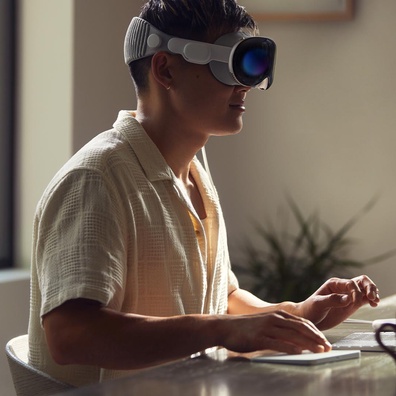
AI-Powered Merliot Hub Opens New Possibilities for DIY Smart Device Control
AI
18 hours ago
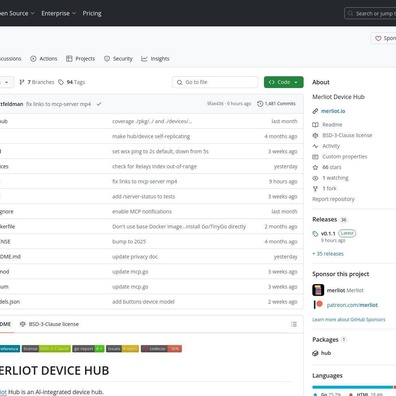
Google Shifts Focus to AI at I/O 2025, Previews Android 16 and Smart Glasses
AI
20 hours ago

iPhone 17 Air Reportedly Coming With Ultra-Thin Design and Tiny 2,800mAh Battery
Phone
20 hours ago

"I Dropped My Phone The Screen Cracked": The jQuery-Like Library Simplifying Web Audio Development
Apps
Yesterday
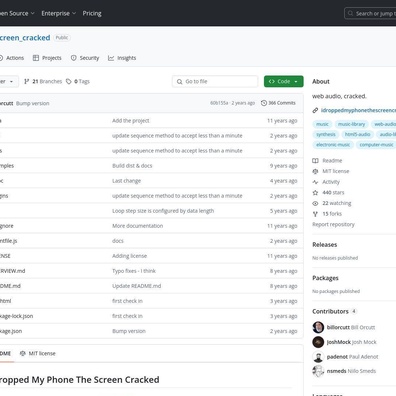
Workflow Use Emerges as Next-Gen Browser Automation Tool with Self-Healing Capabilities
AI
Yesterday

Honor Takes Aim at Samsung: Magic V3 Foldable Claimed Thinner Than Galaxy S25 Edge With Better Battery
Phone
Yesterday
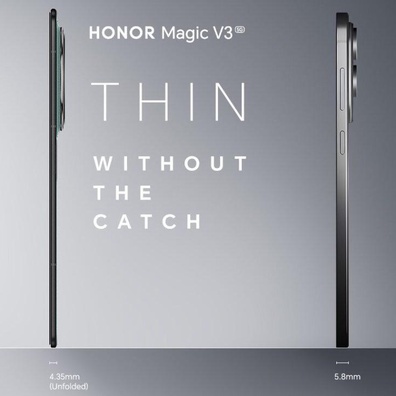
Microsoft Offers to Unbundle Teams from Office 365 to Resolve EU Antitrust Concerns
Microsoft
Yesterday

Sony Launches Premium WH-1000XM6 Headphones with Advanced Noise-Cancellation at $449
Earphone
Yesterday

SQL-tString: Python's New Approach to SQL Injection Prevention Using Template Strings
Security
Yesterday
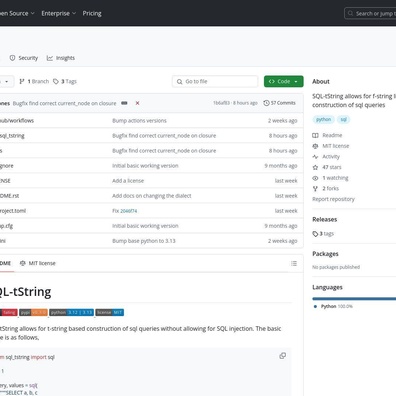
Erlang-RED: Bringing True Concurrency to Node-RED with Erlang Backend
Apps
Yesterday

TikTok Rolls Out New Accessibility Features and Teen Bedtime Controls
Apps
Yesterday
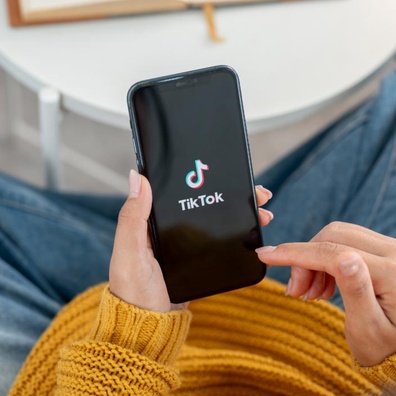
Spotify's AI DJ Now Takes Voice Requests, Offering More Personalized Music Experience
AI
Yesterday

Grok AI Malfunction: Musk's Chatbot Repeatedly Referenced "White Genocide" Due to "Unauthorized Modification"
AI
Yesterday
